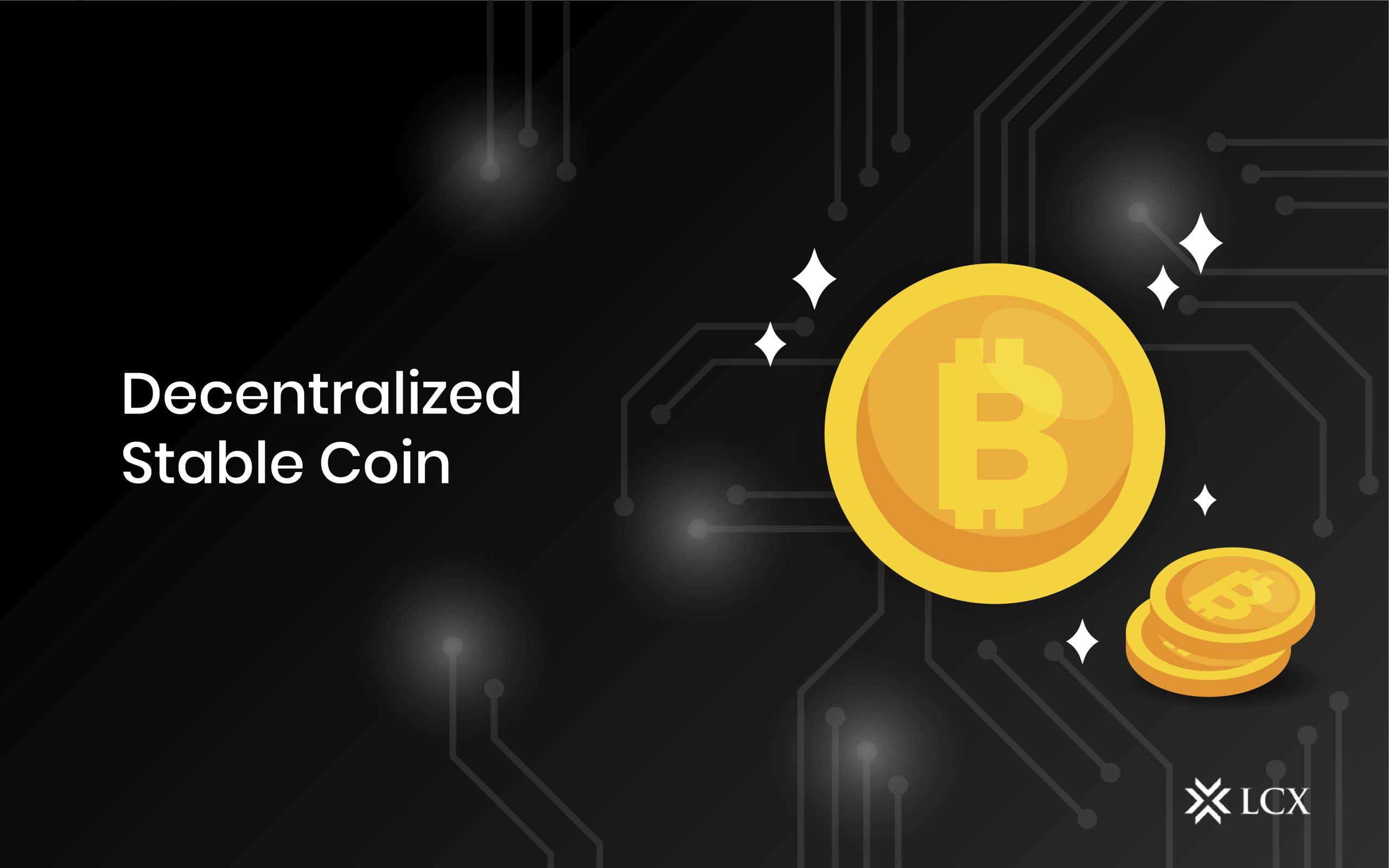Cryptocurrency has been in use for over a decade now, but it still has not been mainstream due to some constraints. One such major constraint is volatility. Volatility means that unreliable speculations generally drive the value of cryptocurrencies. A stablecoin has come forward as a solution to this problem.
Stablecoin
Stablecoins are a type of digital money created to mimic traditional currencies. It is a cryptocurrency whose value is pegged to real-world assets, cash, or commodity. Many stablecoins are collateralized at a 1:1 ratio with particular fiat currencies such as Euro or U.S dollars. They need not be pegged only to fiat currencies, but they can have their underlying value associated with assets such as other cryptocurrencies or precious metals like gold.
Need of stablecoin
Stablecoins provide the solution to long recurring volatility issues with traditional cryptocurrencies. The value of cryptocurrency does not remain stable; one day, it reaches a high value of millions and billions, and the next day it shoots down to a few cents. Thus, cryptocurrencies are highly volatile. Now, stablecoins have their value pegged to fiat currencies such as U.S dollars, so their weight remains stable and less volatile compared to the other cryptocurrencies.
Decentralized stablecoin
Now stablecoins come in two forms: centralized and decentralized.
Central reserves back centralized, stablecoins, and these reserves consist of assets such as bonds, fiat currencies, other crypto tokens, and commercial papers. They are also known as commodity-backed stablecoins( if backed by gold, oil, real estate, etc.) and fiat-collateralized stablecoins(if supported by fiat currencies). Popular stablecoins such as Tether, and USD coins are all reserve backed. They claim to maintain an exchange rate of 1:1 which means that one of their stablecoins can be exchanged for one dollar. USDC coins are available at LCX exchange too. LCX is a regulatory platform thus one can be assured about the security and safety of their investments.
Decentralized stablecoins are the stablecoins that are algorithmic and not backed by any central authority. They include crypto-collateralized stablecoins and non-collateralized stablecoins, but the non-collateralized ones are not very successful as they are not backed by anything. Everything is conducted through blockchain, so these are more decentralized than their fiat-backed counter coins. An example of an algorithmic stablecoin is TerraUSD which also pegged the 1:1 ratio for its investors. The value of TerraUSD is supposed to be maintained by a complex mechanism that involves swapping the coin with LUNA (a free-floating cryptocurrency) for supply control. Now, DAI has become the most popular decentralized stablecoin. It is accepted worldwide over all the dapps.
Features of decentralized stablecoins:
- Stablecoins are automatically liquidated when the price of the underlying cryptocurrency falls below a certain threshold.
- They can also provide more liquidity than commodity-backed stablecoins because they can be swiftly converted to the underlying asset.
- They enable the best use of smart contracts, self-executing contracts that do not require a third party or legislation to implement.
- To spread risk, they are frequently backed by various cryptocurrencies.
- They can be used to offer migrant workers speedier and cheaper remittances.
- These coins are designed to shield investors from market fluctuations and crashes.
What went wrong
The spring of 2022 is witnessing the downfall of the crypto market, with lots of cryptocurrencies crashing to low values. Amid this chaos, investors lost faith in LUNA, resulting in a downturn in its prices. As investors started losing trust in LUNA, the mechanism for TerraUSD stopped working, and its price crashed to as low as 30 cents, thus breaking its 1 dollar peg. Although there is much speculation regarding this being a pre-planned market manipulation, nothing has been proven yet.
Asset-based stablecoins have also failed to maintain their value in the market’s downfall. Tether also dropped to 95 cents, failing to maintain its dollar peg of 1:1. USDC has also disappointed its investors by not keeping the peg of the 1:1 ratio. USDC is held by a digital currency company, Circle, which revealed that only 61% of the USDC reserve was in cash, and the rest was in the form of commercial paper, corporate bonds, and municipal bonds.
Solution
- The main issue people face with stablecoins is trust issues, as they failed to back their 1 dollar peg. To acquire trust back, stablecoins can undergo regular audits from a third party to provide transparency to their consumers.
- Stablecoins coming into contact with regulatory bodies and following specific regulatory frameworks can also bring more trust to investors.
Conclusion
The stablecoin has been introduced with promises of well-secured assets and guaranteed backup. However, regulators still categorize them as a risk to financial stability due to their underlying challenges. One cannot predict the future of cryptocurrency’s ever-changing world, but a stablecoin has the potential to bring it into the mainstream market. Many businesses are already using this technology to provide disruptive value and stability to their investments. Stablecoins are a straightforward solution if we consider integrating cryptocurrencies into everyday use and daily life. Thus, we have to see what the future holds for these coins.









